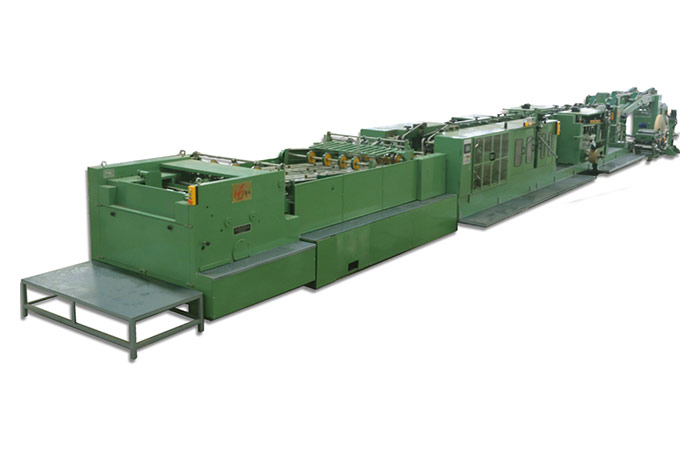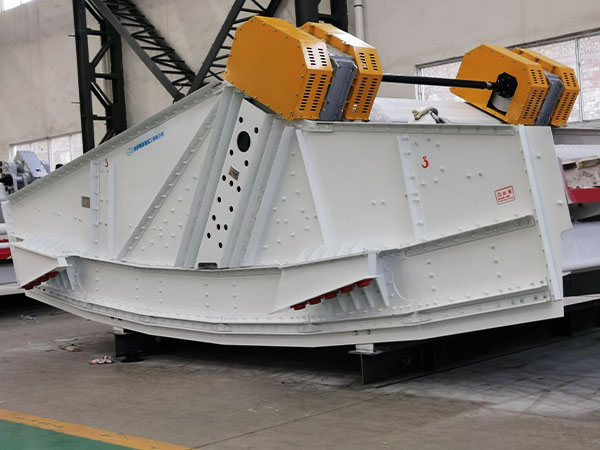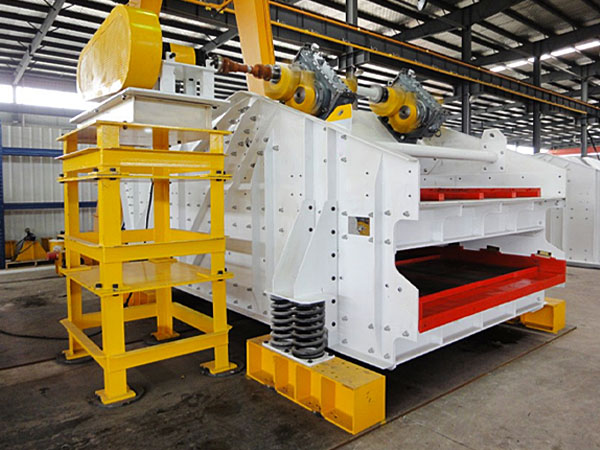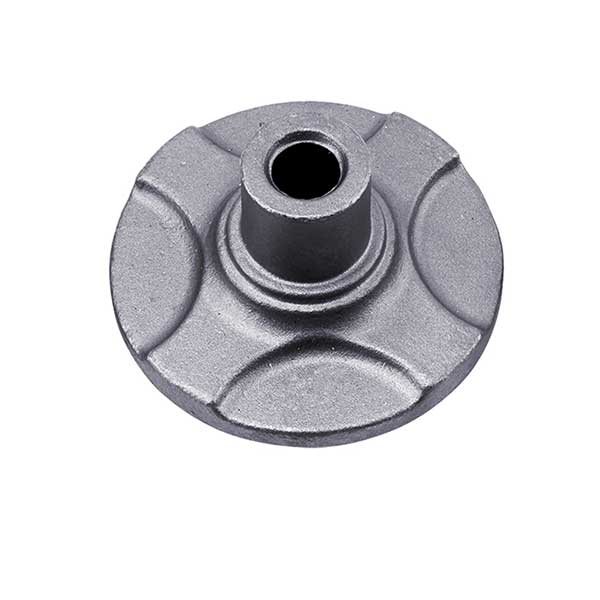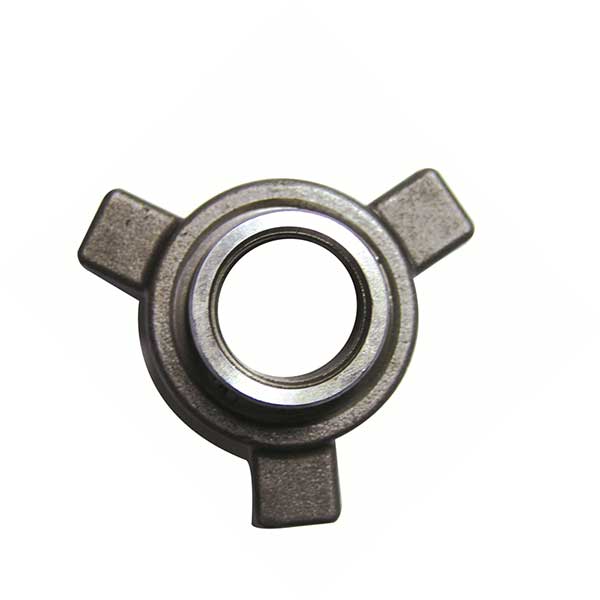https://www.ls-casting-mold.com/wp-content/uploads/2022/08/paper-tube-machine-2.jpg
376
495
lsmojv
http://www.ls-casting-mold.com/wp-content/uploads/2018/12/lslogo-300x138.png
lsmojv2023-04-27 14:55:342023-04-27 14:55:34What is the price of square bottom paper bag machine
https://www.ls-casting-mold.com/wp-content/uploads/2022/03/calcium-hydroxide.jpg
450
600
lsmojv
http://www.ls-casting-mold.com/wp-content/uploads/2018/12/lslogo-300x138.png
lsmojv2023-04-27 14:47:312023-04-27 14:47:31HOW IS CALCIUM OXIDE MANUFACTURED INDUSTRIALLY?
https://www.ls-casting-mold.com/wp-content/uploads/2022/02/Vibrating-Screen4-1.jpg
450
600
lsmojv
http://www.ls-casting-mold.com/wp-content/uploads/2018/12/lslogo-300x138.png
lsmojv2023-04-27 14:30:122023-04-27 14:30:12How can I increase the efficiency of my vibrating screen?
https://www.ls-casting-mold.com/wp-content/uploads/2021/06/高压球机7.jpg
400
600
lsmojv
http://www.ls-casting-mold.com/wp-content/uploads/2018/12/lslogo-300x138.png
lsmojv2023-04-27 14:20:222023-04-27 14:20:22What are the features of metal briquetting machine
https://www.ls-casting-mold.com/wp-content/uploads/2022/03/calcium-hydroxide.jpg
450
600
lsmojv
http://www.ls-casting-mold.com/wp-content/uploads/2018/12/lslogo-300x138.png
lsmojv2023-04-23 16:09:352023-04-23 16:09:35HOW TO CALCULATE THE SOLUBILITY OF HIGH SPECIFIC SURFACE CALCIUM HYDROXIDE
https://www.ls-casting-mold.com/wp-content/uploads/2022/02/Vibrating-Screen4-1.jpg
450
600
lsmojv
http://www.ls-casting-mold.com/wp-content/uploads/2018/12/lslogo-300x138.png
lsmojv2023-04-23 15:32:272023-04-23 15:32:27What is the precaution of vibrating screen?
https://www.ls-casting-mold.com/wp-content/uploads/2021/06/高压球机7.jpg
400
600
lsmojv
http://www.ls-casting-mold.com/wp-content/uploads/2018/12/lslogo-300x138.png
lsmojv2023-04-23 15:18:552023-04-23 15:18:55What machine is used to make briquettes?
https://www.ls-casting-mold.com/wp-content/uploads/2022/08/forging-process.jpg
600
600
lsmojv
http://www.ls-casting-mold.com/wp-content/uploads/2018/12/lslogo-300x138.png
lsmojv2023-04-17 10:35:452023-04-17 10:35:45WHAT IS THE PROCESS OF FORGED WHEELS
https://www.ls-casting-mold.com/wp-content/uploads/2023/01/轴叉锻件.jpg
800
800
lsmojv
http://www.ls-casting-mold.com/wp-content/uploads/2018/12/lslogo-300x138.png
lsmojv2023-04-17 10:24:372023-04-17 10:24:37WHAT ARE THE TYPES OF HOT FORGING
https://www.ls-casting-mold.com/wp-content/uploads/2022/05/PU20.02602.jpg
700
700
lsmojv
http://www.ls-casting-mold.com/wp-content/uploads/2018/12/lslogo-300x138.png
lsmojv2023-04-17 10:15:262023-04-17 10:15:26What are the factors affecting the price of cross roller bearings
Scroll to top
